A FEW SHOTS AFTER THE GENTLE RAIN
24 comments
It happened on the first of January 1980, according to the file metadata of the JPEGs I used to illustrate this post. In reality, the photographs you'll see here were taken more or less a month ago, in May. Something's wrong or just a bit messed up with some of the options in my camera, but I don't feel the need to find a solution and put the time and dates back in order. The weather is getting hot, I'm getting lazier each day, and things are just fine the way they are.
The weather on that unspecified day in the merry month of May was very variable. Short periods of rain were preceded and followed by sunny, dry periods that didn't last too long either. It was like English weather depicted in the Dylan Dog comics.
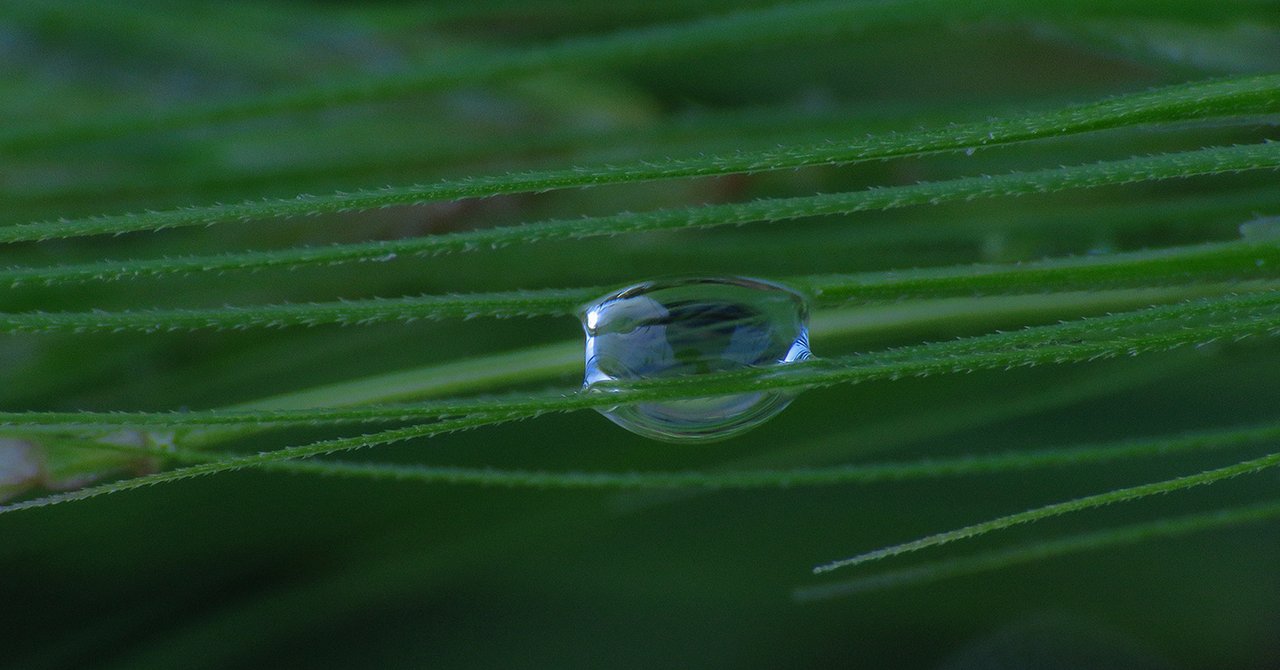
Here you can see a droplet caught in the structure of the ear of the grass.

One of the many liquid pearls, scattered all across the meadow.

The grass in question is Hordeum secalinum, commonly known as the meadow barley.
This is one of the very few insects I photographed on that occasion.
A Tettigonia viridissima nymph was molting.
Warm, humid weather is ideal for that to be done.
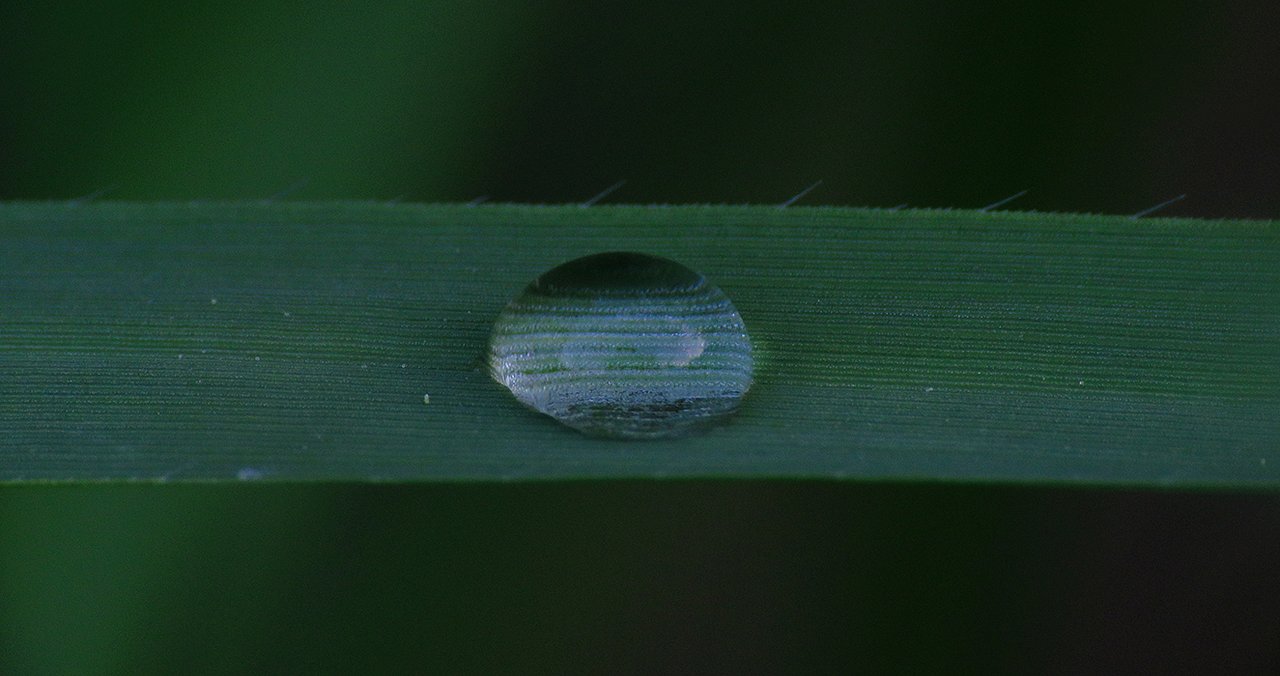
Here you can see another droplet.
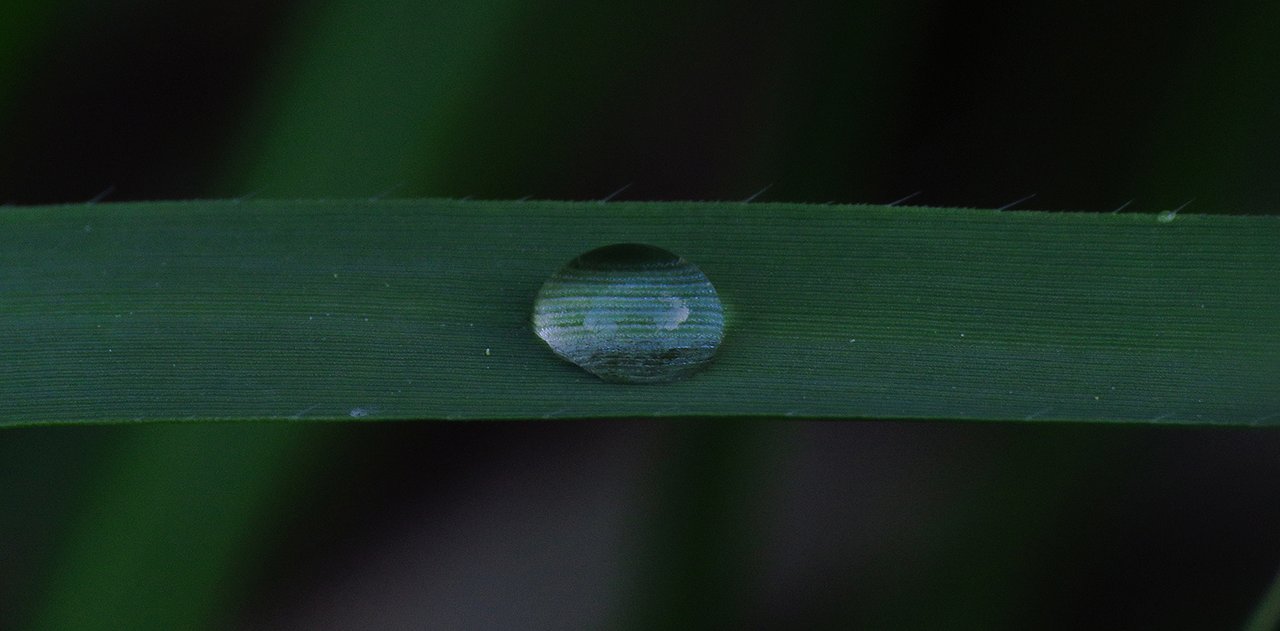
This one was posing on the leaf of the meadow barley. It's a lovely, pearl-like piece of water, that's all I can tell you about it. In the following photograph ...
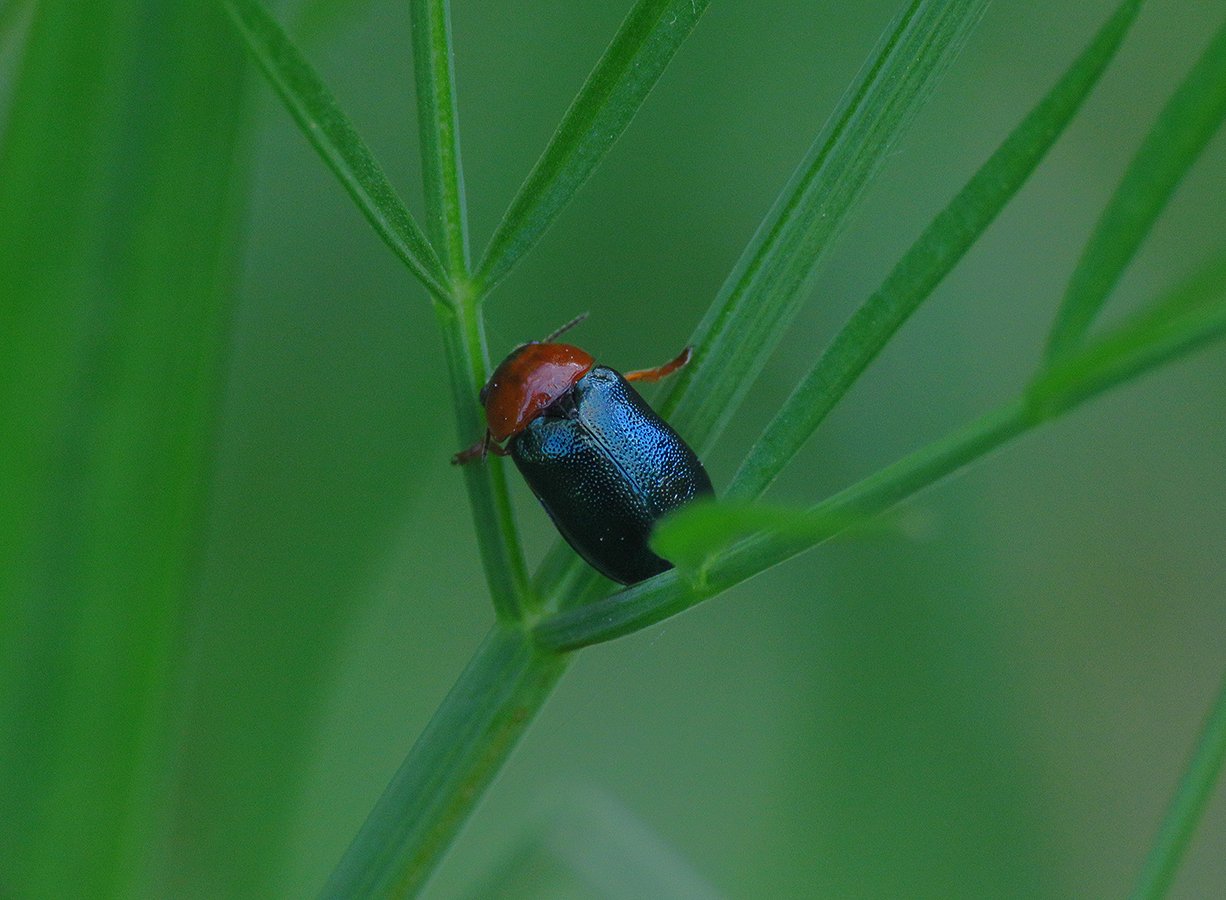
... you can see a small beetle with iridescent elytra. The insect resembles a different kind of pearl or some similar jewel in the grass. The scientific name of the species is Smaragdina salicina. It belongs to the Chrysomelidae family.
This wide shot shows a bigger chunk of the meadow.

Here you can see another lovely droplet and the grass reflected on its shiny surface.

This is the most interesting insect I photographed that day.
It's an impressively big crane fly from the Tipulidae family.
The name of the species is Ctenophora guttata. It took me quite a bit of time and patience to get these shots in the relatively low ambient light, but it had to be done becouse the shiny insect didn't look so good when photographed with the flash. In the following photograph ...
... you can see the same fly posing on a different plant. I used the flash this time.
Crane flies from the genus Ctenophora have a very distinct look; thick bodies and often white, yellow, orange, or red markings that mimic those of the wasps.
It was an exciting encounter becouse I had never seen this species before. In the following photograph ...
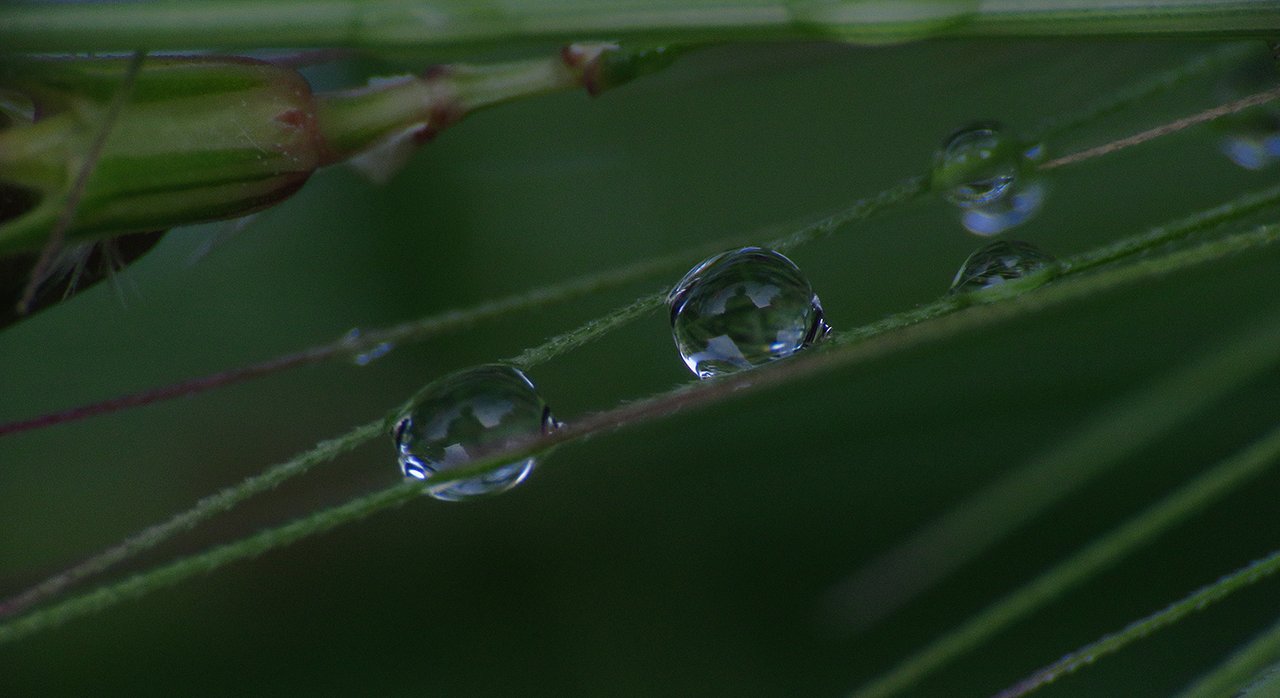
... the focus is on the lovely trio of droplets that form a line on the ear of grass.
This is the Dorcadion arenarium. It belongs to the Cerambycidae family. The longhorn beetle was posing on the palm of a friend who was there with me.
In this set of four photographs, you can see a spider, for a change. The scientific name of this species from the Philodromidae family is Philodromus albidus.
Here you can take another look at the Hordeum secalinum grass, the dominant plant on the meadow.
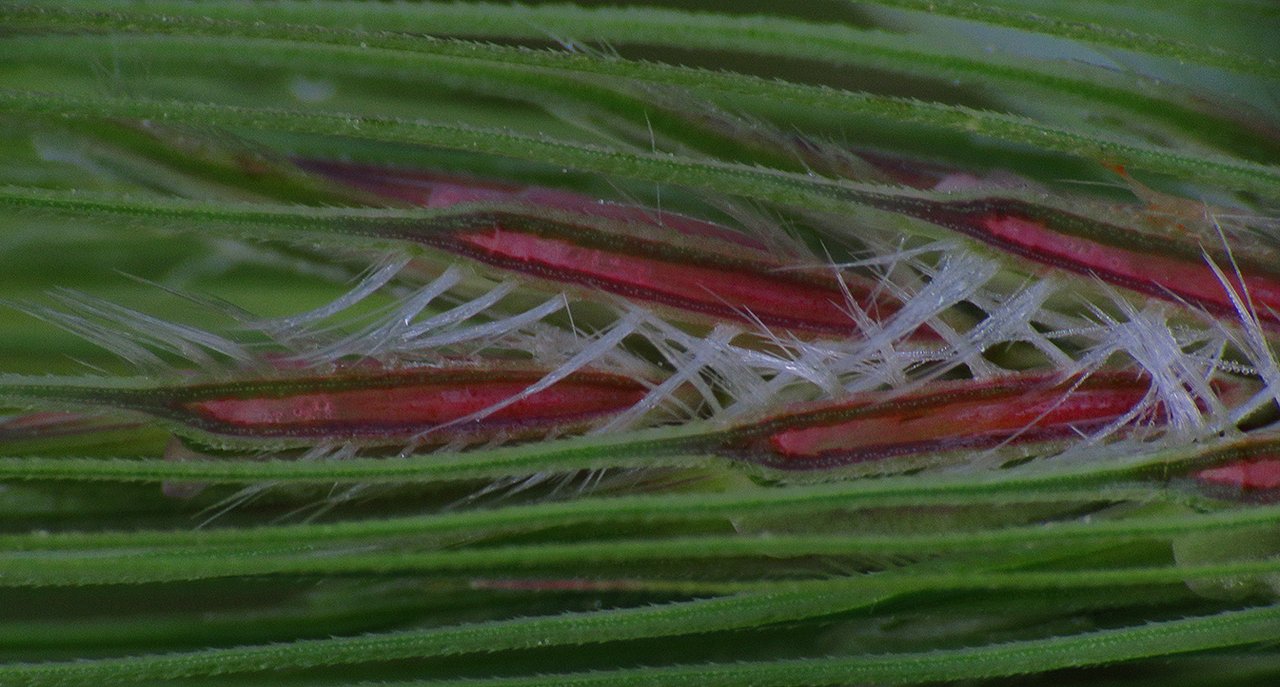
This macro shot shows the developing fruits that will soon become the seeds.
Here you can see a Bellis sylvestris flower that has lost all its petals. Bellis sylvestris is commonly known as the southern daisy.
This Leptophyes punctatissima nymph was photographed on the field maple (Acer campestre), one of the small trees that grow on the edge of the meadow.
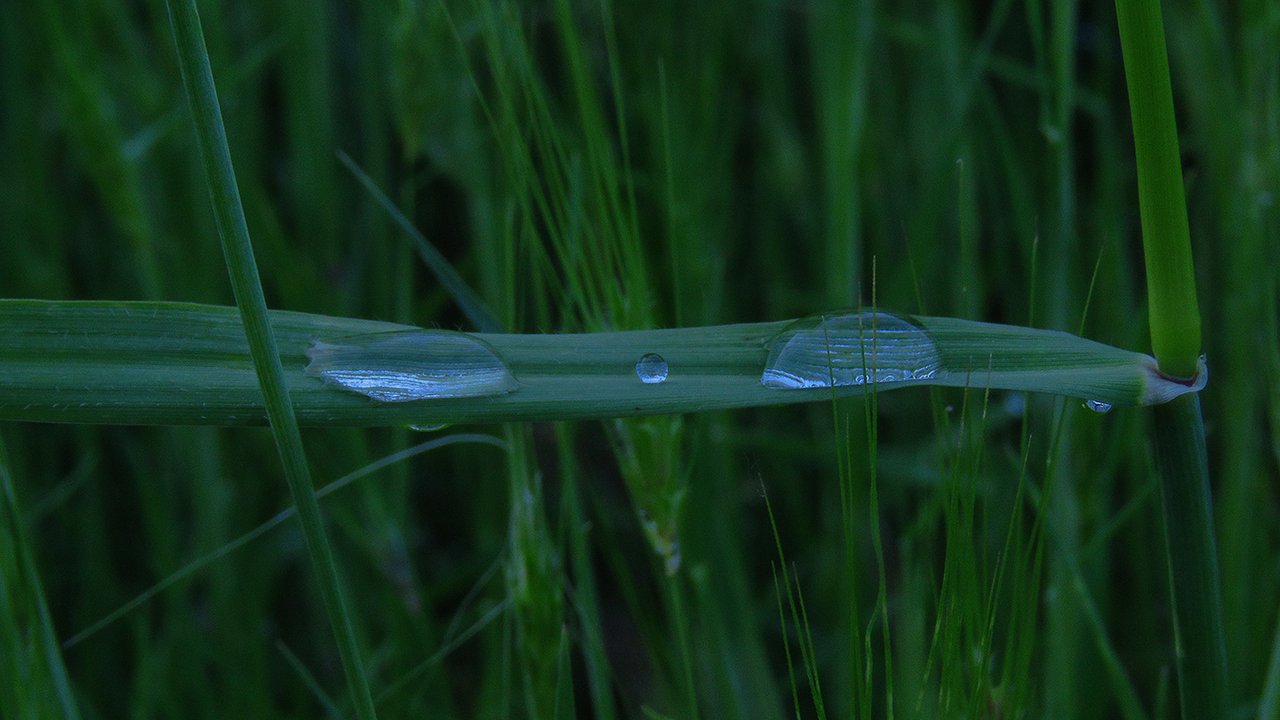
Here you can see more droplets.

And that's all. There's nothing else to say here. As always on Hive, the photographs are my work.
The following links will take you to the sites with more information about the protagonists of today's post. I found some stuff about them there.
https://en.wikipedia.org/wiki/Hordeum_secalinum
https://en.wikipedia.org/wiki/Tettigonia_viridissima
https://en.wikipedia.org/wiki/Smaragdina_salicina
https://www.wikidata.org/wiki/Q640935
https://www.biolib.cz/en/taxonimage/id207525/?taxonid=118687&type=1
https://www.inaturalist.org/taxa/51503-Ctenophora
https://en.wikipedia.org/wiki/Dorcadion_arenarium
https://en.wikipedia.org/wiki/Philodromus_albidus
https://en.wikipedia.org/wiki/Bellis_sylvestris
https://en.wikipedia.org/wiki/Speckled_bush-cricket



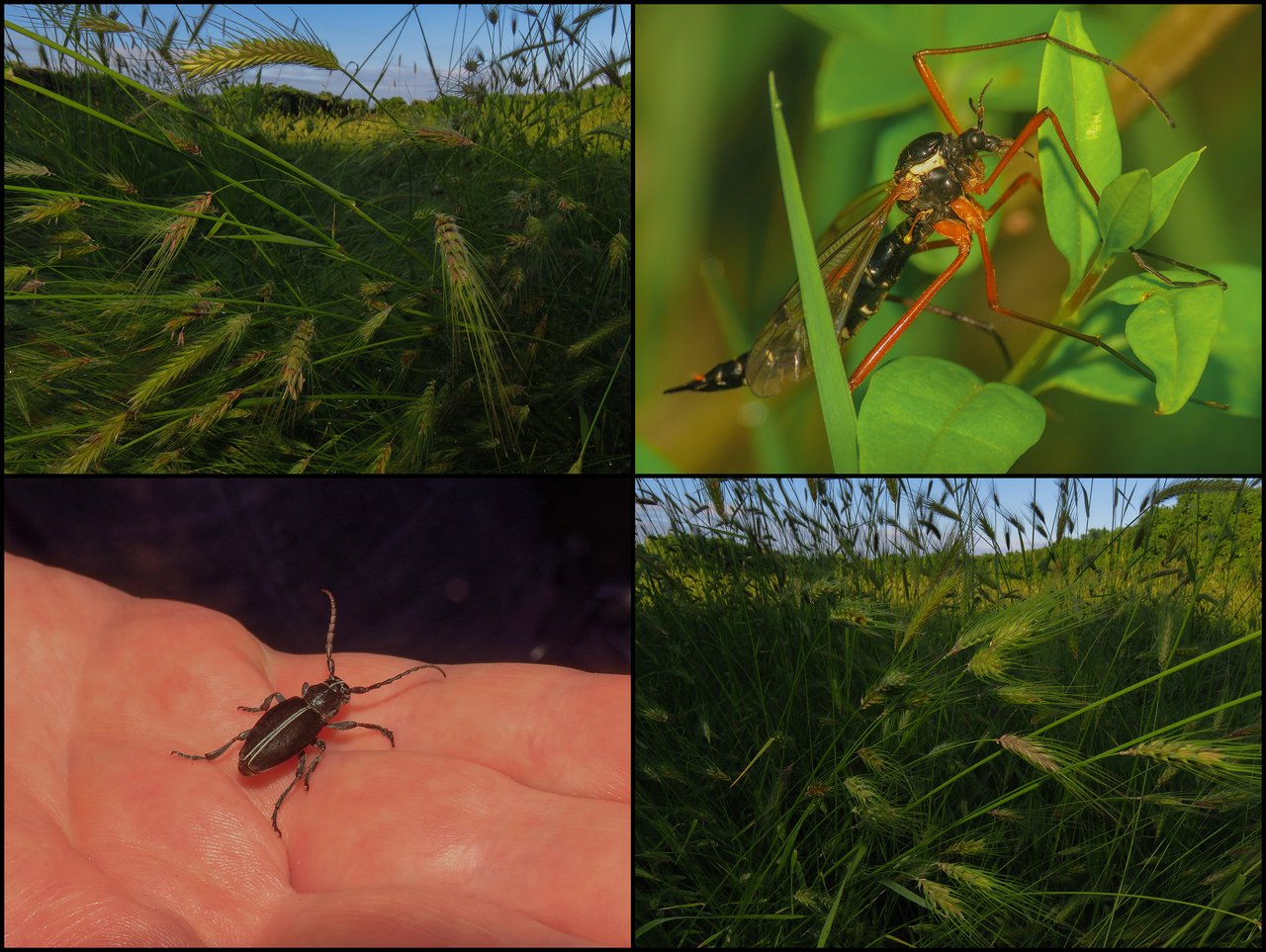



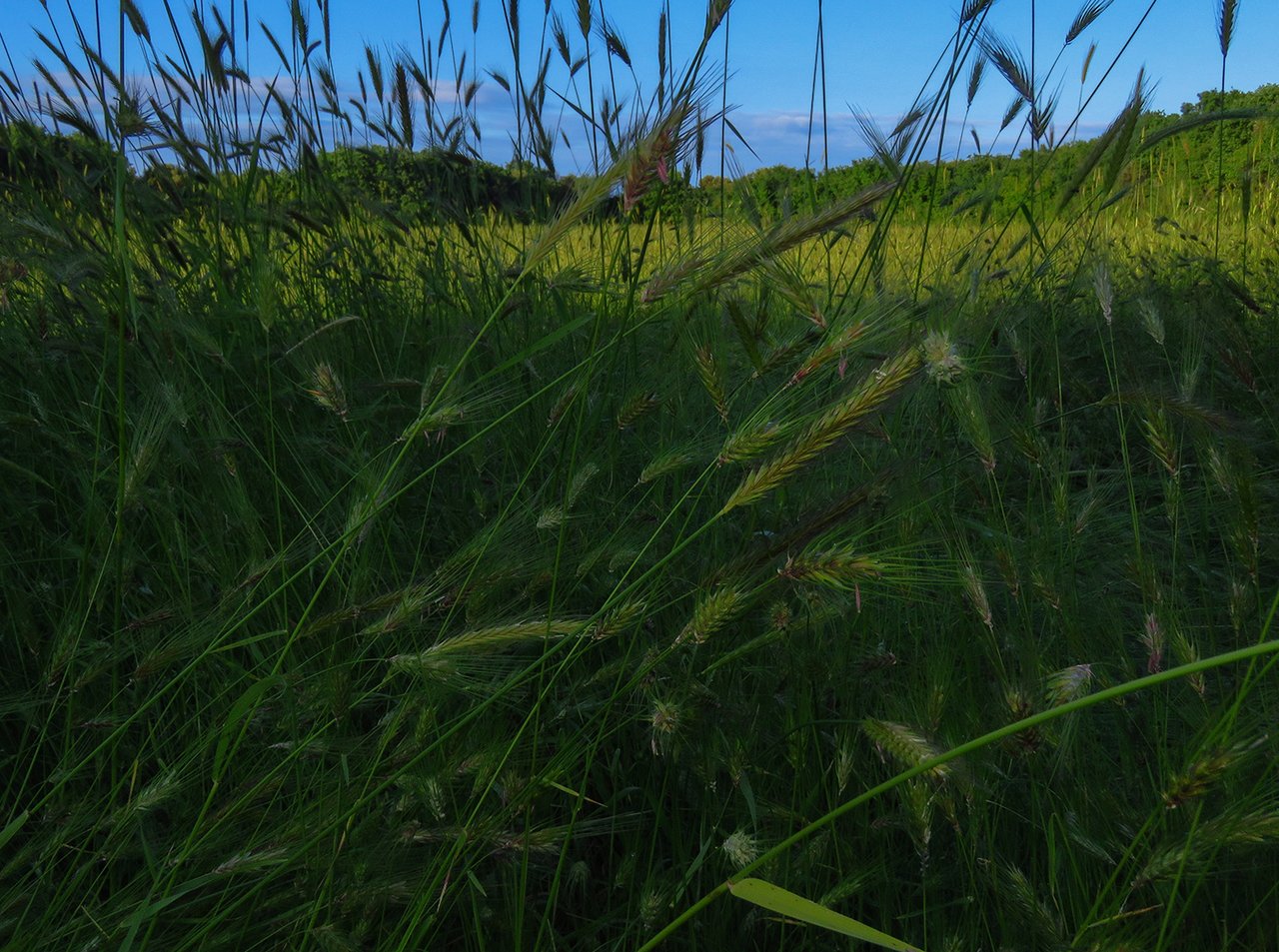

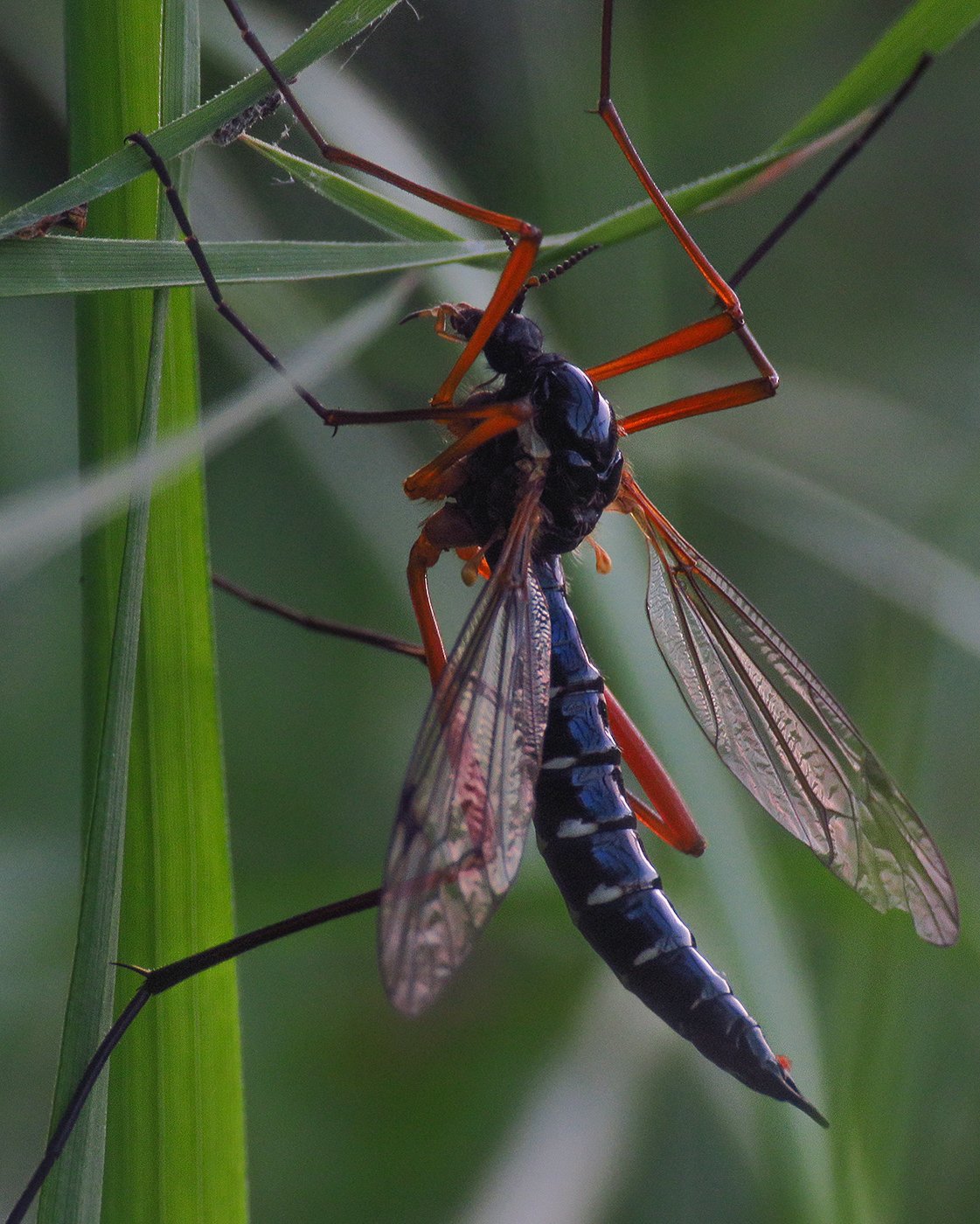
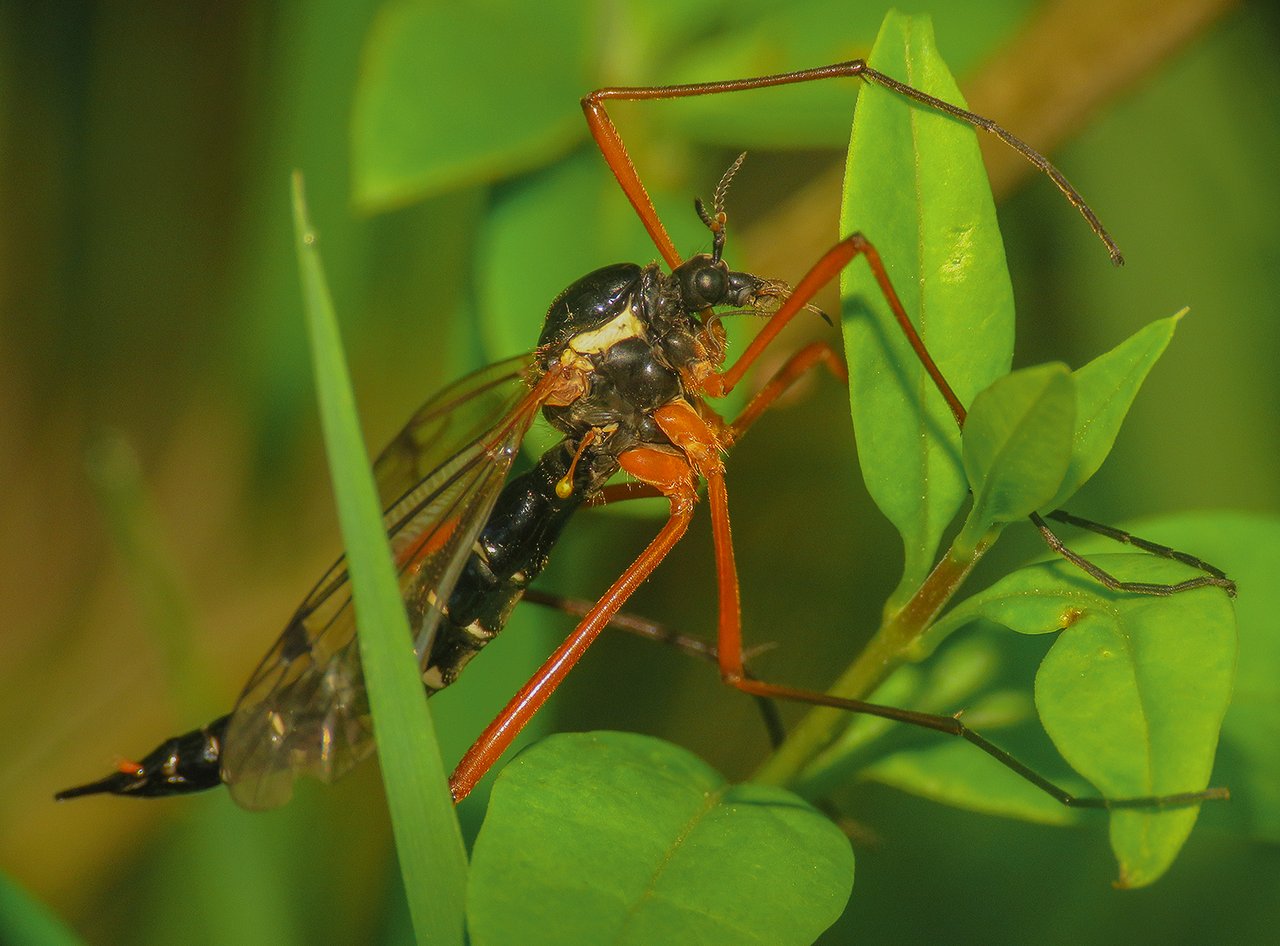

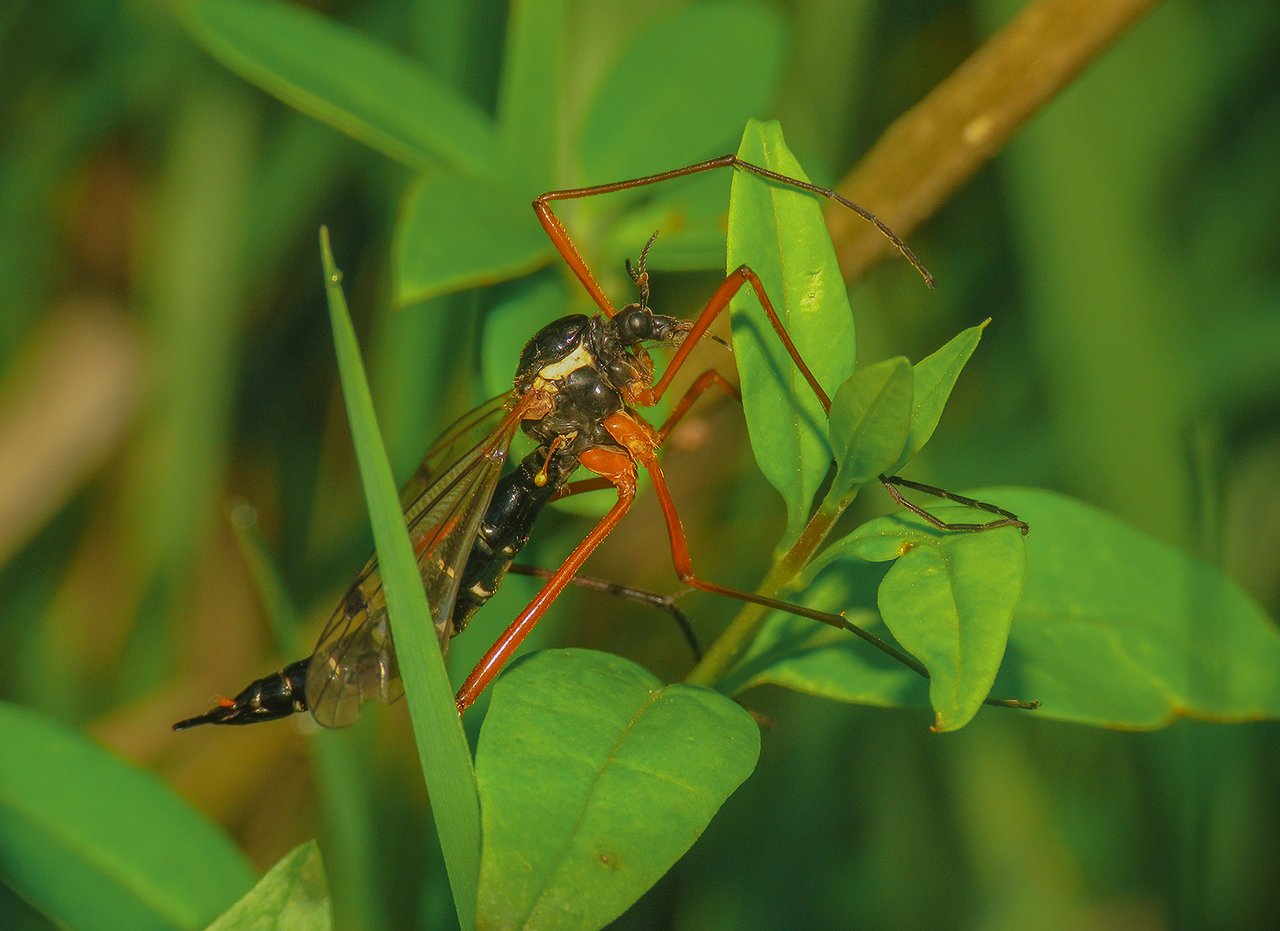
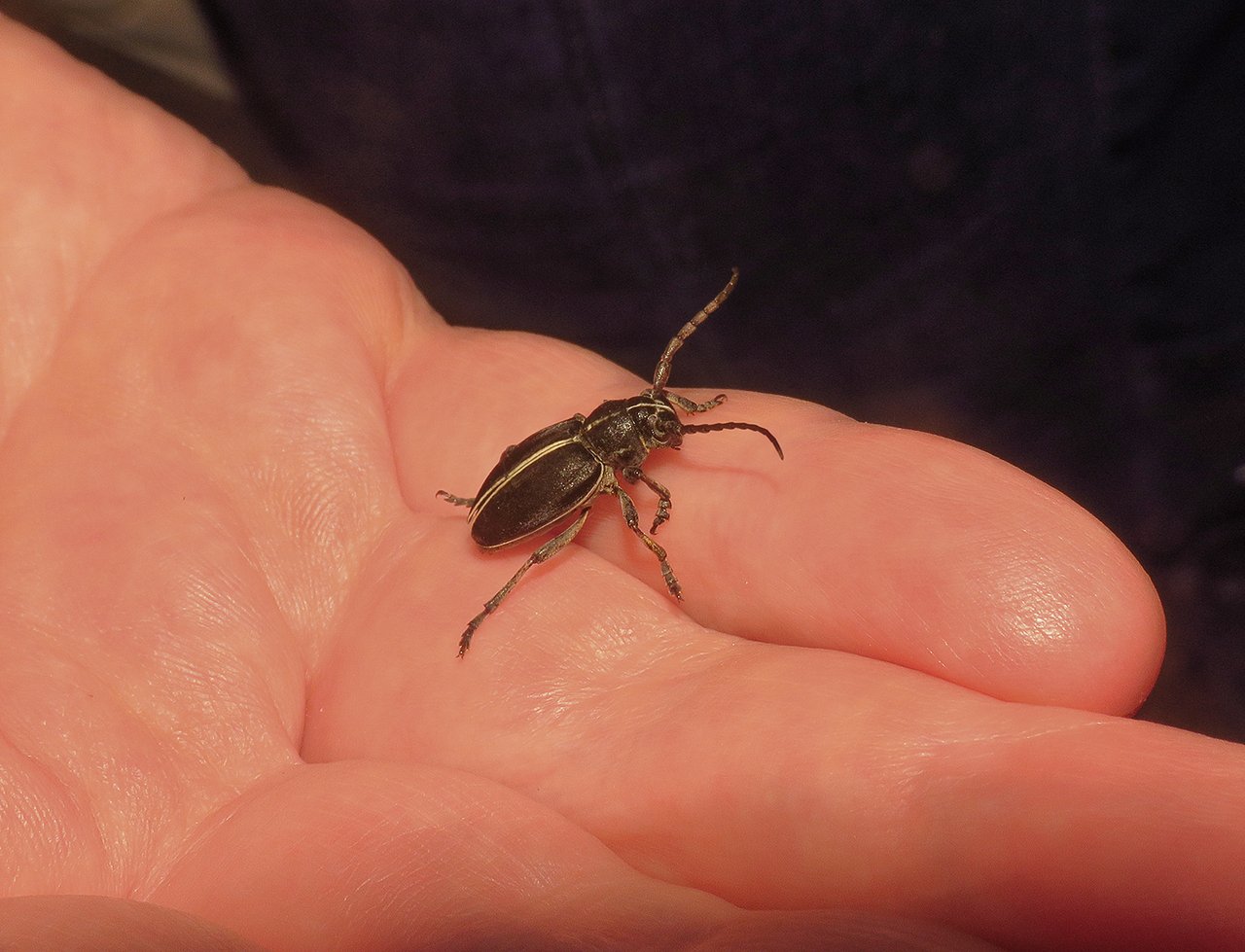




Comments